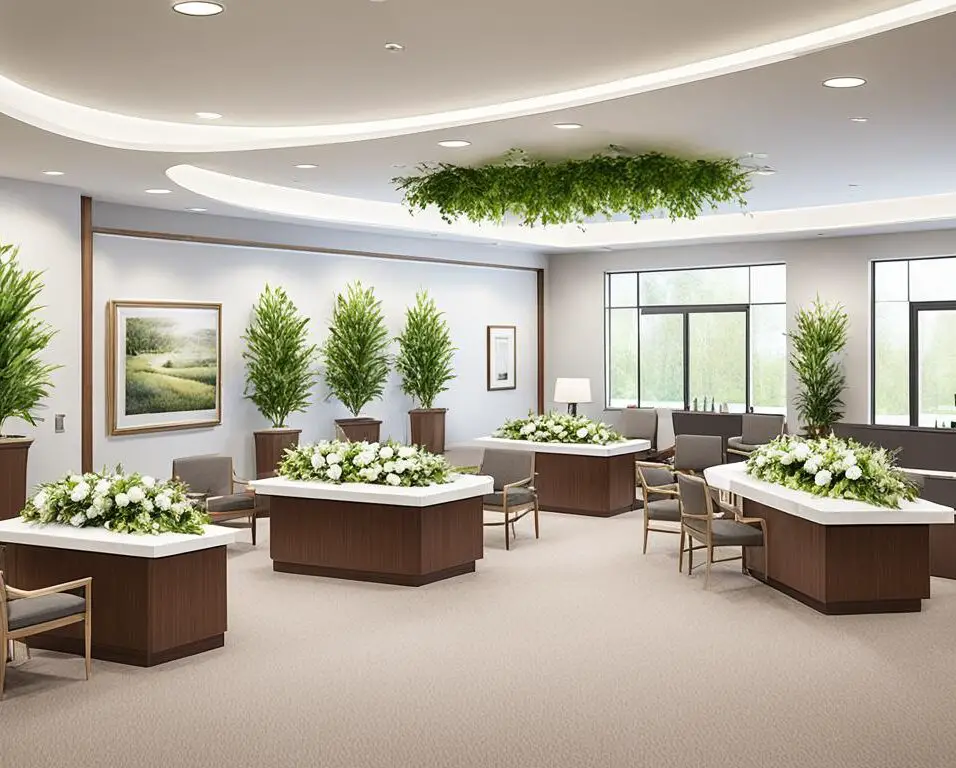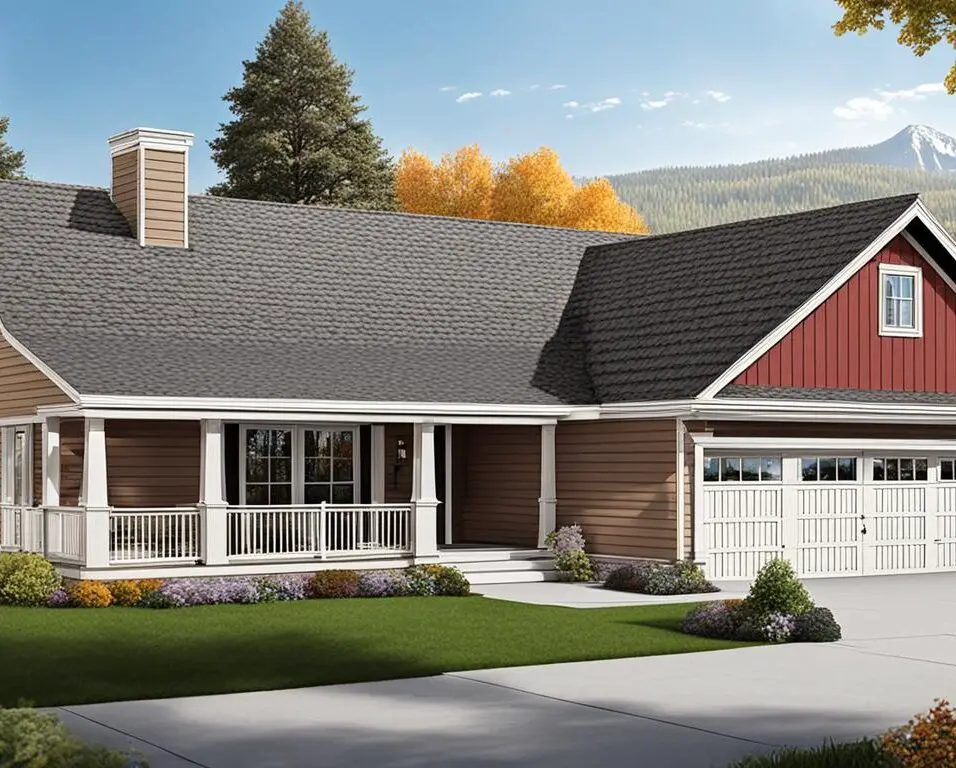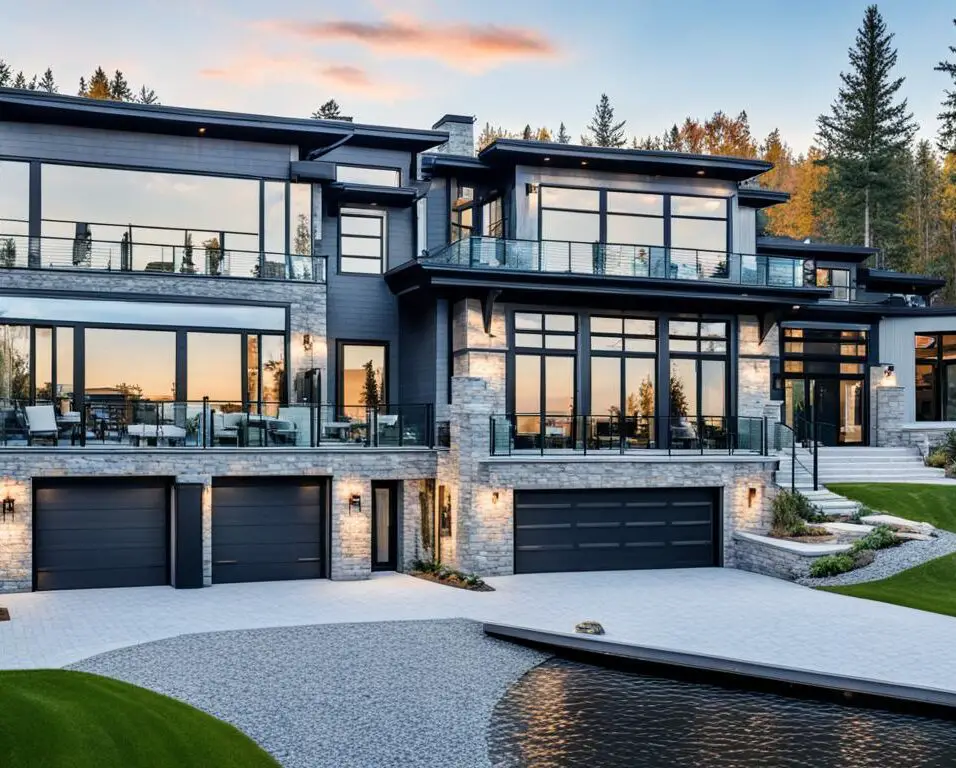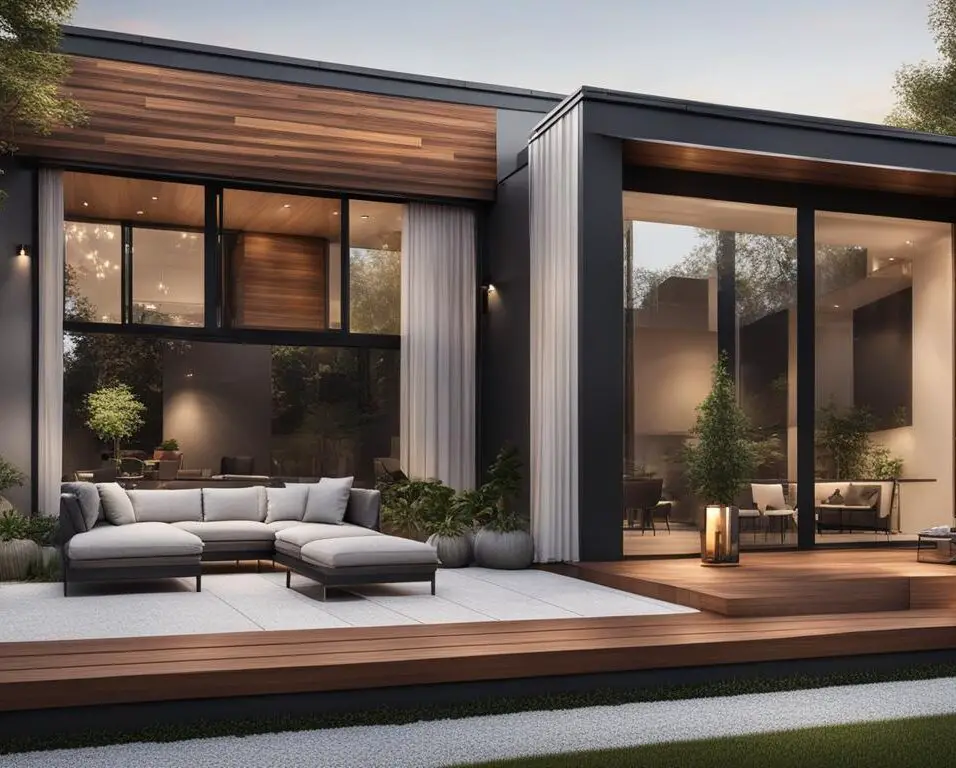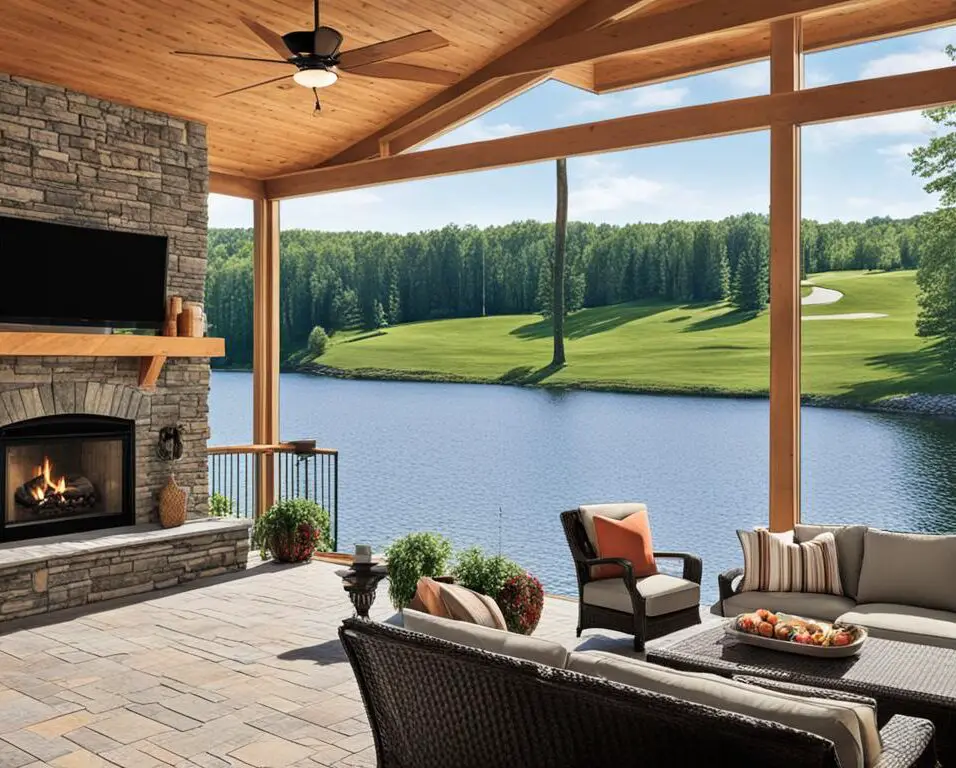Transform Your Living Space: Choosing Perfect Paint Colors
Introduction
What Is The Best Color To Paint A Living Room: The world of interior design, where colors have the power to transform the ambiance of any living space. Among the myriad decisions that homeowners face when revamping their living rooms, choosing the perfect paint color stands out as a crucial and often daunting task. The color you select can set the tone, evoke emotions, and significantly influence how you and your guests feel while spending time in this central hub of your home.
The search for the best color to paint a living room is a subjective journey that involves a delicate balance between personal preference and design principles. While some may seek a vibrant and energetic atmosphere, others may prefer a calming and soothing retreat. With an extensive array of hues available, each boasting its unique charm, it becomes essential to understand the psychology of colors, the spatial aspects of the room, and how various shades can interact with light to achieve your desired effect.
The trendy modern choices, and the hidden gems that can breathe new life into your cherished space. Whether you seek elegance and sophistication, warmth and coziness, or a refreshing and invigorating vibe, We’ll explore these classic hues, delving into their cultural significance and how they harmonize with different design elements. From the warm embrace of earthy tones to the refreshing allure of cool blues and greens, each color has its unique story to tell, capable of transforming your living room into an oasis of comfort and style. So, let us embark on this creative journey together and unlock the transformative power of color for your living room.
Which colour shade is best for living room?
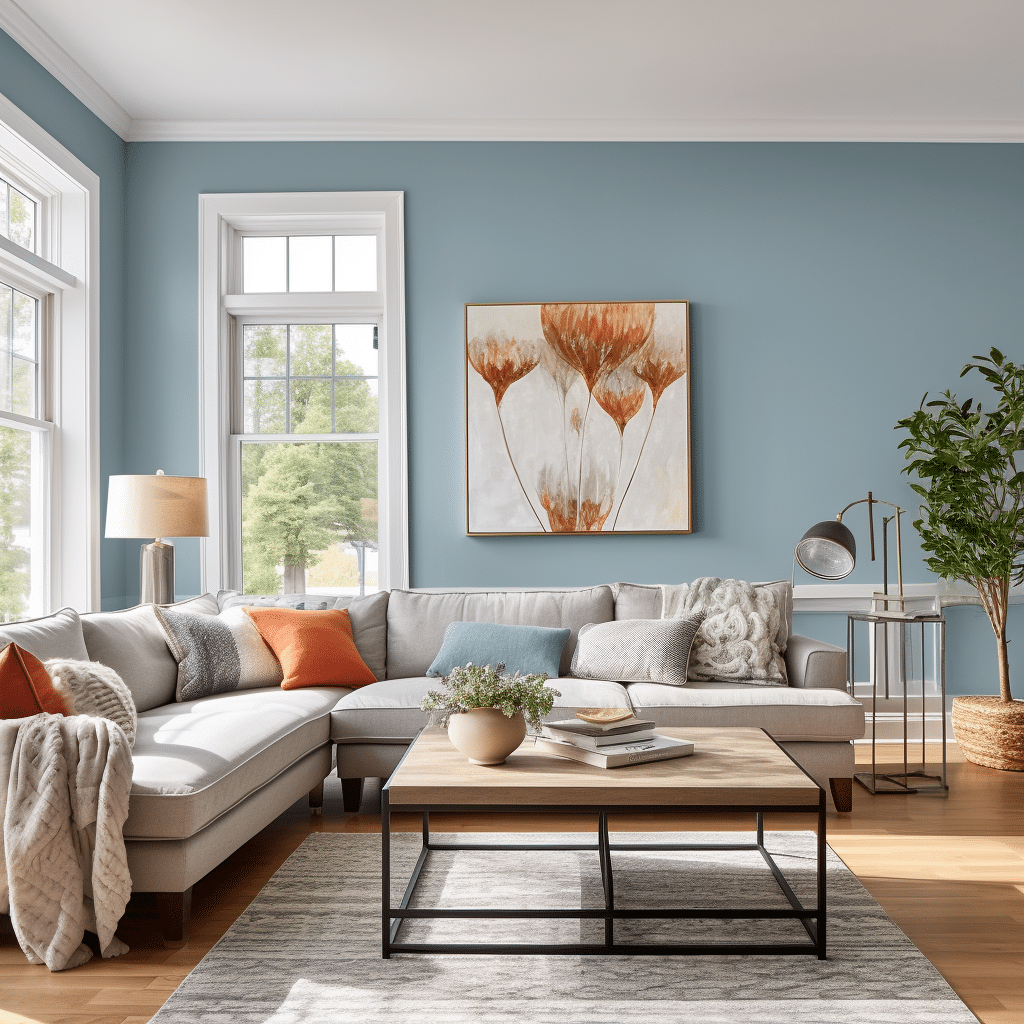
In case you want your living room area to have a rustic, warm feel to it, nothing can work better than a warm palette. This includes colors like gold, beige, tan, and peach. Paint the living room walls with these warm colors to give your living room a cozy feel.
Neutral colors like white, beige, and gray are perennial favorites for living rooms. They provide a versatile backdrop that can easily accommodate different furniture styles and decor choices. Neutral shades create a sense of openness, making the room feel more spacious and airy. They also allow you to introduce pops of color through accessories and artworks, adding visual interest without overwhelming the space.
Shades of brown, tan, and warm terracotta evoke a feeling of comfort and groundedness. These earthy tones create a cozy and inviting atmosphere, perfect for fostering relaxation and a sense of connection with nature. Pairing earthy hues with natural materials like wood and stone can further enhance the natural ambiance of the room.
Soft blues and greens are renowned for their calming and soothing properties. These colors are often associated with tranquility and can help create a serene living room environment. Lighter shades of blue and green can open up the space and create a refreshing feel, while deeper tones add an elegant touch and evoke a sense of sophistication.
If you seek a living room that exudes energy and warmth, consider shades of yellow and orange. These vibrant hues can inject a cheerful and lively atmosphere into the space, making it an ideal setting for social gatherings and uplifting conversations. However, it’s crucial to strike a balance and avoid overpowering the room with excessively bright tones.
Greige, a combination of gray and beige, has emerged as a popular choice for modern living rooms. It offers the best of both worlds, providing the sophistication of gray and the warmth of beige. Greige works well with various decor styles, making it a versatile option for those seeking a contemporary yet timeless look.
What colors brighten living rooms?
Go for pale shades of grey and blue for maximum lightening effect. If it’s warmth you’re after, don’t be afraid to use light terracotta or yellow paint colours – a sunny hue can brighten and warm a dark, dingy space. Just be careful not to clutter the room with brown furniture so the scheme doesn’t become overpowering.
Perhaps the most classic and effective choice for brightening any room is white. White walls reflect light, making the space feel more open and airy. It serves as a blank canvas that allows other elements in the room, such as furniture and decor, to stand out. White also pairs exceptionally well with any accent color, making it a versatile and timeless option.
Soft pastel shades, such as pale pink, mint green, and baby blue, can infuse a living room with a gentle brightness. These colors have a soothing effect and can create an uplifting and serene environment. Pastels work well in both modern and traditional living rooms, adding a touch of elegance and sophistication.
Yellow is known for its association with happiness and energy. A pale or buttery yellow can bring a cheerful vibe to the living room while maintaining a soft and subtle brightness. It complements natural light and can make the space feel sunnier even on gloomy days. While dark gray can create a cozy and moody atmosphere, light gray shades can act as a backdrop that reflects light and brightens the room. It offers a sophisticated and modern look without being too stark.
Cream is a warmer alternative to white that adds a touch of warmth while still brightening the living room. It can create a cozy and inviting ambiance, especially when combined with wooden accents and soft textures. Beige tones can work wonders in brightening a living room, especially when they have undertones of warm gold or peach. These hues add a sense of warmth and glow to the space, making it feel welcoming and comfortable.
What colour makes a living room look bigger?
From favorite paint colors to specialized design advice, Benjamin Moore’s color and design experts have the answers Lighter paint colors like off-whites, light neutrals, pales, and pastels give the illusion of larger, brighter rooms.
Light and neutral colors, such as whites, creams, soft beiges, and light grays, are excellent choices for making a living room appear more spacious. These hues reflect light and create an open, airy feel, enhancing the room’s sense of expansiveness. White, in particular, is a classic choice that makes the walls recede, giving an illusion of more space.
A monochromatic color scheme involves using various shades of a single color throughout the living room. This approach creates a seamless and uninterrupted flow, making the space feel cohesive and open. It eliminates harsh visual contrasts that can divide the room and instead provides a continuous, unbroken surface that appears larger.
Cool colors like soft blues and greens have a receding effect on the eyes, making walls appear farther away and the living room seem more spacious. Light blues, in particular, can create an illusion of endless space, evoking a calming and expansive atmosphere.
Soft pastel colors, such as pale pinks, mints, and lavenders, lend a gentle and subtle brightness to the living room. These hues can create an airy and inviting space, making it feel more open and less confined.
While not colors themselves, mirrors and metallic accents can amplify the perceived size of the living room. Mirrors reflect light and create the illusion of added space, while metallic elements add a touch of shine and glamour that enhances the overall brightness.
What paint is best for living room walls?
We advice that when painting the living room, you use eggshell and satin sheens. While flat paint is best for hiding surface imperfections and is easy to touch up, satin sheens offer a nice gloss and are easier to clean. Eggshell is more durable than flat paint, but not as shiny as satin paint.
Eggshell is a popular paint finish for living room walls as it strikes a balance between flat and semi-gloss. It offers a slight sheen that adds depth to the walls and is easy to clean, making it suitable for family-friendly spaces.
Satin finish paint has a subtle gloss that provides a smooth and velvety appearance to living room walls. It offers better resistance to stains and is easy to maintain, making it an ideal choice for active households.
Matte paint has a non-reflective and flat appearance, making it perfect for hiding surface imperfections. It provides a modern and sophisticated look, but it may require more maintenance as it is not as washable as other finishes.
Low-VOC (Volatile Organic Compounds) and No-VOC paints are eco-friendly options that release fewer harmful chemicals into the air. These paints are an excellent choice for environmentally conscious homeowners or those with sensitivities to traditional paint odors.
Specialty paints, such as chalkboard paint or magnetic paint, offer unique ways to add personality and functionality to your living room walls. Chalkboard paint allows you to write and draw on the walls, while magnetic paint turns the surface into a magnetic board for hanging pictures and notes.
What colour is modern for living room?
Living room color schemes don’t have to include tons of vibrant hues to pack in personality. A simple palette dominated by black and white gives off a sleek, modern atmosphere. Start with white walls and incorporate black in bold ways, such as on built-ins or trimwork.
Modern living rooms can benefit from soft pastel colors, such as muted pinks, light blues, and gentle greens. These subtle hues add a touch of warmth and serenity while maintaining a clean and contemporary vibe. Pastels work well in modern design, creating a soothing and inviting environment.
Monochromatic color schemes, where varying shades of a single color are used throughout the living room, are a popular choice in modern design. This approach creates a sense of harmony and cohesiveness while providing visual interest through subtle variations in color and tone.
While modern living rooms often embrace a neutral or monochromatic base, incorporating bold accents can add personality and visual intrigue. Vibrant colors like deep blues, emerald greens, and rich burgundies can make a striking impact when used in furniture, artwork, or decorative elements.
While it may seem unconventional, black can be an impactful and modern color choice for a living room. When used strategically, black adds depth and drama to the space, creating a sense of elegance and sophistication. It works best when paired with ample natural light and balanced with lighter hues.
Incorporating metallic accents, such as gold, silver, or copper, adds a touch of luxury and modernity to the living room. These reflective elements catch and enhance light, creating an eye-catching and glamorous ambiance.
What color is best for light room?
Lighter colors reflect light, whereas darker colors absorb it. This is why paint colors like yellows are popular in rooms with lots of natural light. If you want your walls to shine bright, you can opt for a lighter shade that will make your room a sunny space.
White is a timeless and classic choice for light rooms. It reflects light, making the space feel more expansive and open. It also provides a blank canvas that allows other elements in the room, such as furniture and decor, to stand out. White is versatile and complements any design style, from modern to traditional, adding a touch of elegance and simplicity to the space.
Soft pastel colors, such as pale pinks, mint greens, and light blues, are perfect for light rooms. These subtle hues maintain the brightness of the space while adding a touch of warmth and serenity. Pastels create a soothing and calming ambiance, making the room feel comfortable and inviting.
Light neutrals, such as beige, light gray, and cream, are excellent choices for light rooms. These colors provide a sense of coziness and warmth while maintaining the room’s openness. Light neutrals create a versatile backdrop that allows for easy coordination with furniture and decor.
Soft, pale yellows can infuse a light room with a warm and sunny feel. These colors enhance the natural light and evoke a cheerful ambiance. However, it’s essential to choose gentle and muted yellows to avoid overwhelming the space.
Light greens, like soft sage or mint, can bring a refreshing and natural brightness to a light room. These colors evoke a sense of tranquility and harmony, making the room feel serene and inviting.
What finish is best for living room?
In the living room and dining room, opt for an eggshell or satin finish. It hides flaws and imperfections — especially on uneven walls — and makes the room look more high-end, which you definitely want when you’re showing your house.
Flat or matte finish is a popular choice for living rooms, especially if you want to create a modern and sophisticated look. This finish has no shine and provides a smooth, velvety appearance on the walls. It effectively hides imperfections on the surface, making it ideal for older homes or walls with blemishes. However, it is not as durable as other finishes and can be more challenging to clean, so it may not be suitable for high-traffic areas or rooms prone to dirt and smudges.
Eggshell finish strikes a balance between flat and semi-gloss, offering a subtle sheen that adds depth to the walls. It is easier to clean than flat/matte finish, making it suitable for living rooms where spills and stains may occur. Eggshell finish is a versatile option that works well with various design styles and provides a polished and contemporary look.
Satin finish has a slight gloss that imparts a smooth and velvety appearance to the walls. It is more durable and washable than eggshell finish, making it a practical choice for busy living rooms and households with kids or pets. Satin finish reflects some light but not excessively, creating a sophisticated and modern atmosphere.
Semi-gloss finish has a higher shine than satin, making it even more durable and washable. This finish is resistant to moisture and stains, making it suitable for living rooms with high activity levels. Semi-gloss finish reflects light more noticeably, so it can make the room appear brighter and more vibrant.
Glossy finish is the shiniest of all finishes, providing a high-gloss and reflective surface. While it is durable and easy to clean, it is not typically recommended for living rooms. Glossy finish is more commonly used in areas like kitchens, bathrooms, and trim work, as it can be overwhelming and distracting on larger wall surfaces.
Is dark color good for living room?

Contrary to what you might think, a dark color palette can liven up your living room rather than weigh it down. Moody colors needn’t feel gloomy, and they can actually ground a space.
Dark colors can make a small living room feel even smaller and may absorb natural light, making the space feel dimmer. If your living room is already limited in size or lacks ample natural light, using dark colors may not be the best option.
When using dark colors, it’s crucial to strike a balance and ensure that the room does not become too overwhelming or cave-like. Consider incorporating lighter elements, such as furniture, rugs, and artwork, to provide contrast and balance the space.
Dark colors can evoke different emotions and moods. While they can create a cozy and intimate feel, they may also create a sense of somberness or formality. Consider the atmosphere you want to achieve in your living room and whether dark colors align with your desired mood.
Adequate artificial lighting is essential when using dark colors to avoid a gloomy or oppressive atmosphere. Use a combination of ceiling fixtures, floor lamps, and table lamps to brighten the space and highlight key areas.
Ultimately, the decision to use dark colors in the living room comes down to personal preference. If you are drawn to the drama and elegance of dark colors and believe they align with your vision for the space, then don’t hesitate to incorporate them.
Conclusion
Classic colors are elegant and sophisticated, while new color palettes can add modern flair without losing comfort and warmth. A harmonious and inviting living space that feels like home requires balancing personal preference, design principles, and practical factors. Paint is temporary. If your initial color doesn’t fit your vision or tastes, try something else.
Remember that the best color depends on your likes, needs, and space goals. The beauty of this project is the unlimited choices and the possibility to create a living area that expresses your style and impresses guests.
Additionally, consider the emotions you want to generate in your living room. Relaxation and meditation are ideal with soft blues and greens. For parties and family time, warm, earthy tones can provide grounding and coziness. Repainting a room is a creative and satisfying way to update your home.




